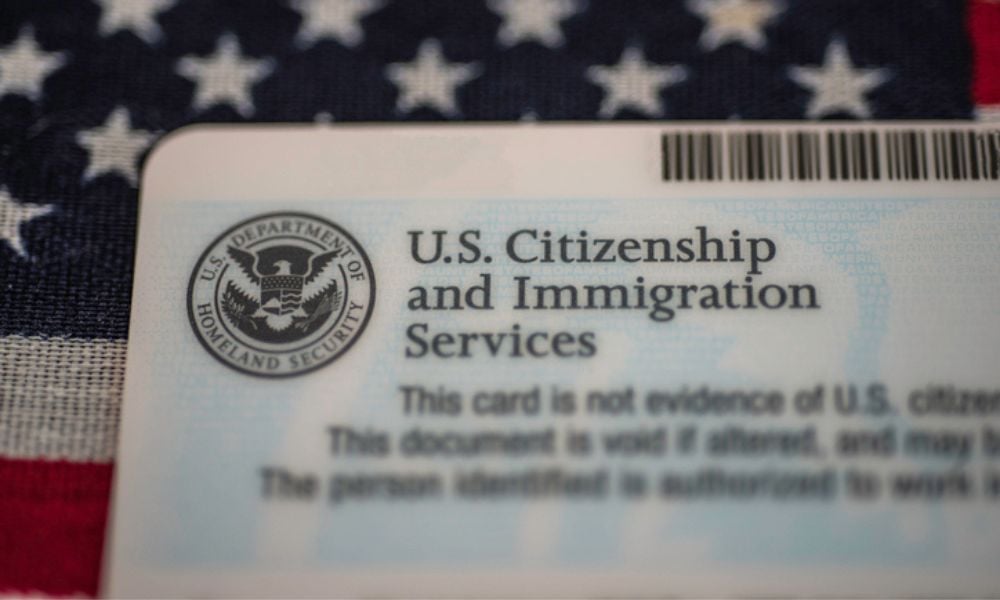
Native-born workers continue to earn more than foreign-born counterparts

There were more foreign-born workers in the U.S. in 2022 than recorded in the past nearly 30 years, according to a report.
Overall, foreign-born workers in the civilian labor force aged 16 years old and over numbered 29.8 million – either working or actively seeking jobs – in 2022, according to the U.S. Bureau of Labor Statistics.
That equates to 18.1% of the total U.S. labor force that stood at 164 million – the highest rate since 1996.
Immigrants’ share of the US labor force in 2022 was up from 2021, when people born outside the US made up 17.4% of the American workforce. There were 152.5 million workers in the country’s labor force that year, and the immigrant count stood at 26.4 million.
“The demographic composition of the foreign-born labor force differs from that of the native-born labor force,” said the U.S. Bureau of Labor Statistics.
“In 2022, men accounted for 57.2% of the foreign-born labor force, compared with 52.3% of the native-born labor force. By age, the proportion of the foreign-born labor force made up of 25- to 54-year-olds (71.1%) was higher than for the native-born labor force (62.2%). Labor force participation is typically highest among persons in that age bracket.”
Abraham Mosisa, a senior economist at the Bureau of Labor Statistics, told Axios, “The U.S. labor force participation rate of native-born men has been consistently decreasing.”
The pandemic caused a decrease in the steady trend of foreign-born people joining the workforce, he said, and this made the increase “look a bit more striking than it is.”
In May 2022, the U.S. Citizenship and Immigration Services (USCIS) announced a Temporary Final Rule (TFR) that increased the automatic extension period for employment authorization and Employment Authorization Documents (EADs). That took effect May 4, 2022.
Hispanics or Latinos made up the biggest chunk of the migrant workers in the U.S. in 2022, totaling 21.0 million.
That’s nearly double the number of Asians (11.3 million) and far more than the total for White non-Hispanics (4.8 million) and Black non-Hispanic (3.0 million).
“Hispanics continued to account for nearly one-half of the foreign-born labor force in 2022, and Asians accounted for one-quarter,” said the statistics bureau.
In February 2022, Assemblyman Eduardo Garcia, a Democrat from Coachella, CA, introduced Assembly Bill-2847 into the California Legislature.
In April, the Biden administration said it found evidence of several tech companies colluding to cheat the H-1B lottery, with employers said to register the same employees multiple times to boost their chances, according to a report from The Wall Street Journal.
But immigrants continue to earn lower wages than native-born American workers.
In 2022, the median weekly earnings for foreign-born workers aged 16 and up was $945 compared to $1,087 for their native-born counterparts.
Men also continued to earn more than women, in both categories: $1,000 for foreign-born male workers versus $861 for their female counterparts, and $1,185 for native-born male workers versus $975 for their female counterparts.
“Differences in earnings reflect a variety of factors, including variations in the distributions of foreign-born and native-born workers by educational attainment, occupation, industry, and geographic region,” said the U.S. Bureau of Labor Statistics.
American workers’ financial struggles are getting worse, according to a recent report. In 2022, the average overall financial wellness score stood at 5.04, down from 5.12 in 2021, according to Financial Finesse.